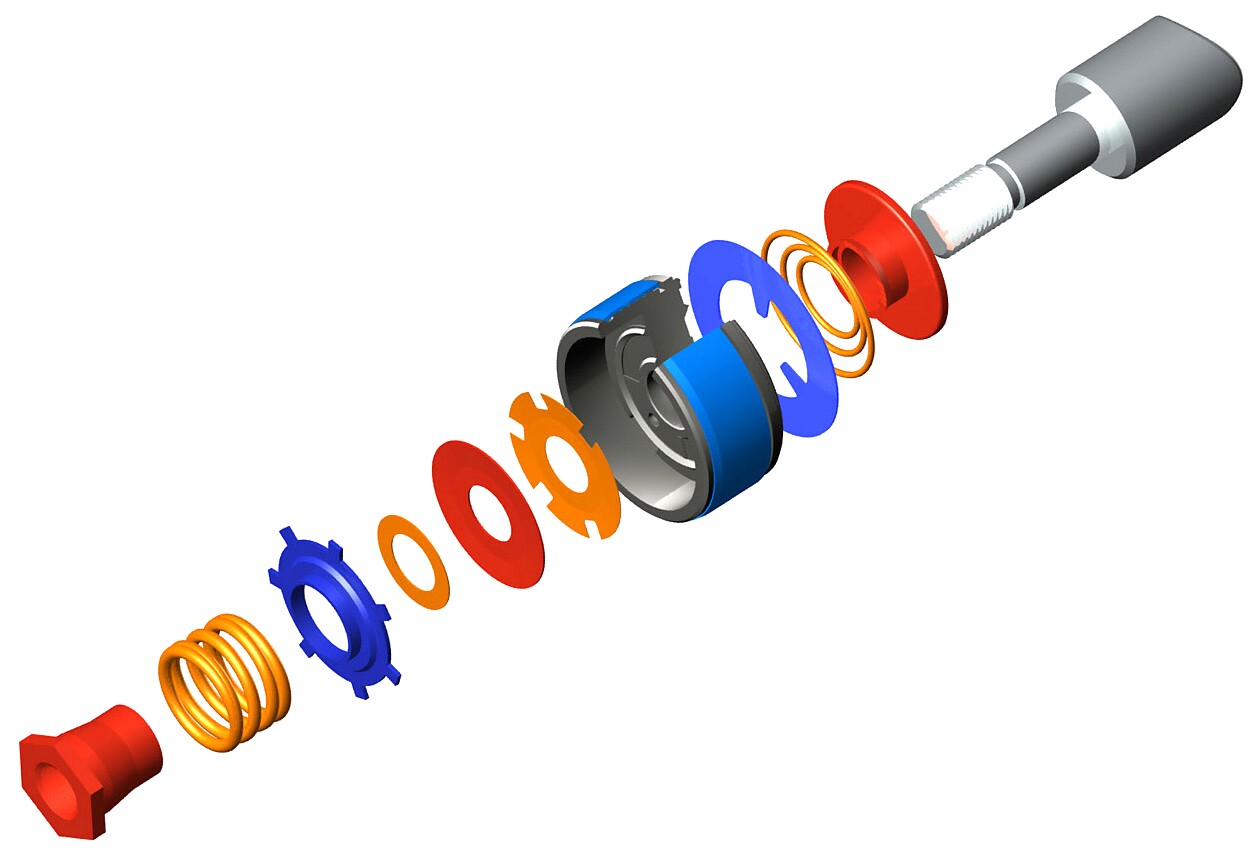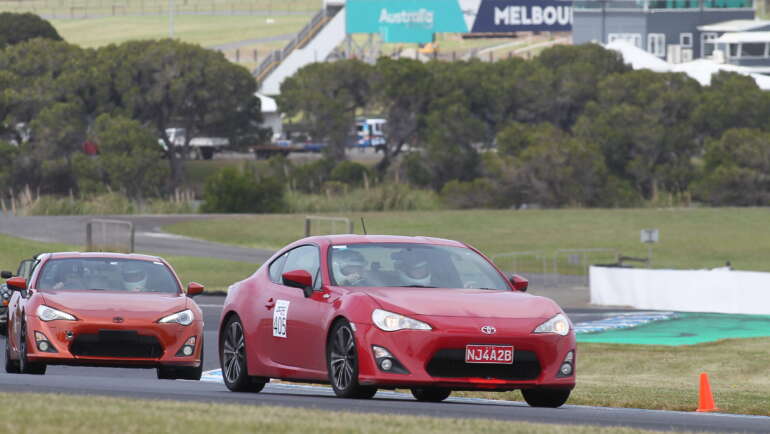
A question of suspension
Dear Overlander
I’ve only been a reader of a magazine for a few months but find it helpful and interesting. My question is about suspension. We have owned a 1993 80 Series Cruiser for about four years and use it for towing a two-tonne boat but I’m looking to get into more 4WDing.
It has come to that stage of replacing the old worn-out suspension. We decided to raise the suspension with a two-inch lift kit and place some PolyAir bags at the back for towing and are thinking of doing a few tag-along tours in the next two years.
So we did the rounds of the local shops and have got several quotes with different brands. The coil springs seem easy to choose but the local shops quoted either nitro or foam shocks. Also does size matter in a shock, as I noticed there is quite a difference in bore size (35mm, 41mm and 53mm). When questioning the salesmen they seemed to go around in circles on why they choose nitro or foam shocks.
My question is; is one shock better for highway driving, towing or 4WDing and which would be suited to our situation the best. Any information would be grateful.
Suspension setups are very specific to vehicles and their intended use, so it’s good you’ve supplied all the information required to provide some advice.
A 2″ lift is a good idea for offroad touring, and a lift of that nature doesn’t require any other modifications on an 80, and it’s legal and insurable if done correctly. The airbags in the back are also a good move for a tow of that size, as they will help keep the back level when you tow so you don’t use up all your suspension travel with just the trailer, yet you won’t need springs which would be too stiff when not towing.
Now to your questions. A good suspension setup will cope equally well with dirt roads and bitumen, where you want characteristics like minimal body roll, smooth ride and control under braking. There are some differences, for example a dirt road setup would need to handle corrguations and the heavy-duty heat dissipation as a result, and may have some specific valving for that purpose, but in general an offroad touring suspension kit will handle both surfaces very well.
If all your time was spent in low range you’d need a different setup, one which emphasizes axle flex for example and perhaps a softer setup, but that’s not the case. As for types; coils can either be linear or progressive, ie compress at a constant rate or become harder to compress the more they are compressed. Given you’re supplementing the rear with airbags go for linear, and make sure the coil stiffness you select is set one which will more suit your non-towing load. That’s a question for your coil supplier who should have the necessary specifications on hand, if they don’t ask a set of questions about weight, accessories and use find another supplier.
Then shocks. Pretty much all shocks are nitro, which means they have nitrogen inside as it’s an inert gas, along with oil. Don’t buy cheapie ones without. Some manufacturers make a point of it in their marketing and product names, hence the confusion. Avoid foam cell, as once the shock overheats the foam compresses and renders the shock useless. Foams are fine for steering dampers though where there’s no chance of that happening, and they can be mounted at any angle which is their primary advantage.
As for the bore size, this is just the diameter of the piston inside the tube. The bigger the tube, the more oil is inside, and the better the heat dissipation, but as ever you can have too much of a good thing and there’s a tradeoff with valving design which is what shocks are really all about.
The real choice for shocks is between monotube and twintube. Monotubes are allegedly less bush damage resistant, but having intentionally belted both types to destruction with hammers we don’t accept this. Twintubes give you slightly more suspension travel, but that doesn’t sound like a requirement for you and the 80 isn’t short on travel anyway. Monos can be mounted inverted; not something you’d need, and their design is inherently a little better at heat dissipation, an important point of shock design for outback conditions.
There are other differences, but we’d recommend just buying on quality and availability rather than whether it is mono or twin Given it’s an 80, there will be many, many manufacturers wanting your money; we don’t have a specific brand name for you, but do get a set that are matched to the coils, have a good reputation for reliability and warranty, and definitely avoid the cheapest. From the sounds of it you don’t need the advanced remote-reservoir or high-performance comp shocks, so don’t get sold into those.
Hope that helps, happy touring.


